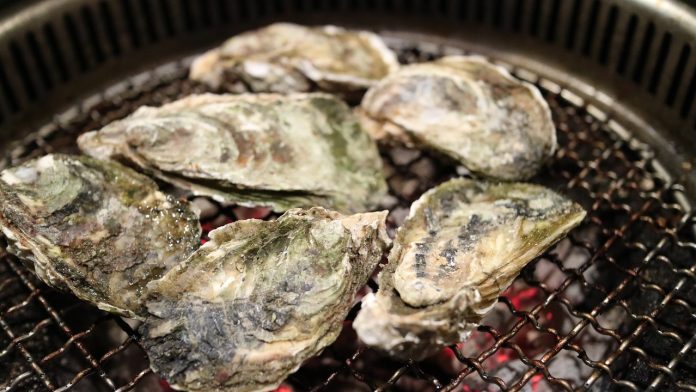By Bethany Blankley
(The Center Square) – In the first six months of this year, Texans have suffered from devastating natural disasters, from tornadoes in downtown Houston and central Texas, to the largest wildfire in state history in the panhandle, and severe flooding and heavy rainfall that has now wiped out the oyster industry in the Galveston Bay area.
In April and May, southeast Texas was inundated with torrential downpours prompting Harris and Montgomery counties to issue voluntary evacuations as the San Jacinto River flooded communities. The West Fork of the San Jacinto River flows through Harris and Montgomery counties to Lake Houston, joining its East Fork to empty into Galveston Bay in the Gulf of Mexico.
The National Weather Service warned of moderate to major river flooding across the eastern half of the state as hail, damaging winds, tornadoes and other inclement weather persisted. Rainfall also deluged the Trinity River, the third-largest in the state, starting in the Dallas-Fort Worth area, which flows south to Galveston Bay.
On April 30, Gov. Greg Abbott issued a disaster declaration for 29 Texas counties impacted by severe thunderstorms, excessive rainfall and flooding, and expanded the declaration to include 88 counties within a few days.
“The State of Texas continues working with emergency management and local officials to deploy any additional resources needed to provide ongoing support and protect our fellow Texans,” Abbott said.
Last month, more than 230 agencies were responding to catastrophic storms, flooding and power outages, The Center Square reported.
Severe rainfall impacted major river basins and historic releases from lake and reservoirs also contributed to major flooding for downstream rivers and tributaries, the governor’s office explained when it warned residents living below reservoirs and along rivers systems to follow local emergency management warnings.
As they overflowed, the Trinity and San Jacinto rivers continued to move in only one direction: south to Galveston Bay. They brought a record amount of freshwater in a short amount of time, and with it, calamity. The fresh water desalinized brackish bay water and destroyed a staple in the food chain and socio-economic life in the bay: oysters.
“Galveston and Chambers counties are facing an unprecedented crisis that threatens the livelihoods of many families and businesses,” state Rep. Terri Leo Wilson, R-Galveston, said in a statement. “The extensive freshwater influx and resulting low salinity have devastated our oyster beds, with both Galveston and Chambers counties reporting close to 100 percent mortality in oyster leases. This disaster will cost millions in losses and severely impact our economy,” adding that the entire region would need state support “to help our communities recover.”
Both Galveston and Chambers counties were included in Abbott’s April 30 disaster declaration.
Galveston County Judge Mark Henry issued a disaster declaration in May in response to the flooding and again in June in response to the destruction of oysters. He said more than 150,000 cubic feet of water from the rivers had been released into the bay, changing the pH level that caused “significant mortality on public reefs and private leases.”
Oyster reefs have also played a critical role in coastal protection from storm surges. With the bay’s oysters killed off, environmental preservation losses are profound.
One oyster can filter 50 gallons of water a day of pollutants and help prevent erosion along the shorelines, the Galveston Bay Foundation notes. The foundation has created multiple initiatives to advance restoration of the bay’s habitat, including creating new oyster reefs using over 1,000 tons of recycled oyster shells.
Economic losses are also great. The Texas Department of State Health Services estimates an initial $15 million in losses due to it closing all areas of the Galveston Bay to oyster harvesting.
The Texas oyster industry accounts for 15% of the total oyster harvest in the U.S. and has a $50 million impact on Texas’ economy, according to Texas A&M University at Galveston. Texas produced nearly 6.2 million pounds of oyster meat in 2000, with Galveston Bay accounting for 70% of the total production, it says.
According to the Texas Parks and Wildlife Department, Texas oysters take 18 to 20 months to reach the legal market size of three inches. Texas oysters are larger than most because of the warmer Gulf temperature and other conditions compared to other habitats.
Bethany Blankley is a contributor at The Center Square.
Originally published by The Center Square. Republished with permission.


























